Chronic Fatigue Syndrome (CFS) – This debilitating disorder is a type of severe exhaustion that is not improved by bed rest. It can affect anyone, but most commonly affects women in their 40s and 50s. The syndrome is four times more common in women than in men.
Conditions


Complex Regional Pain Syndrome (CRPS) – This chronic condition, also known as reflex sympathetic dystrophy, is an unexplained feeling of pain and discomfort that most commonly affects an arm, leg, hand or foot. Often, it begins in the hand or foot and then spreads to affect the entire limb.

Fibromyalgia – This chronic condition, which can be difficult to diagnose, results in pain throughout the body and a feeling of exhaustion that can last for months at a time. Fibromyalgia affects more women than men, and most often develops during early and middle adulthood.
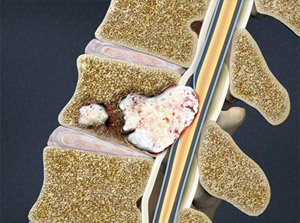
Metastatic Cancer of the Spine – This form of cancer develops in or near the spinal cord or within the vertebrae. It can spread through multiple levels of the spine. It can lead to a wide range of serious complications.

Myofascial Pain Syndrome – Myofascial Pain Syndrome is caused by injury or damage to the fascia, the soft, stretchy connective tissue that surrounds muscles, organs and other structures inside the body. The syndrome causes chronic pain in muscles throughout the body, especially in the neck and jaw.
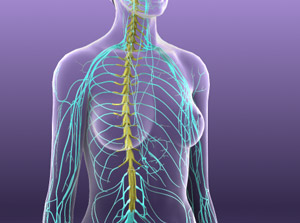
Peripheral Neuralgia – This painful condition results from damage to the peripheral nervous system – the nerves that travel from the spinal cord to the limbs and organs.

Phantom Limb Pain – This condition, common among amputees, is a painful sensation that seems to originate in a missing limb. It is different from stump pain, which is pain in the stump of an amputated limb generally caused by overuse or a poorly-fitting prosthesis.

Piriformis Syndrome – This condition is an irritation of the sciatic nerve, a thick nerve that branches from the lumbar spine and travels through the buttocks and down the back of each leg. An irritation of the sciatic nerve can result in radiating pain or numbness from the buttocks down through the legs.
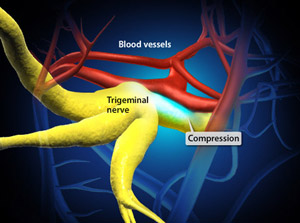
Trigeminal Neuralgia (TN) – This chronic condition is caused by a misfiring of the trigeminal nerve. An attack causes brief episodes of extreme, shooting pain.
Procedures

About Pain Management – Pain management, also called pain medicine, is a type of specialized medical care. It is designed to minimize the impact of surgical pain or chronic pain. Chronic pain, in particular, can be difficult to control. It can sometimes be impossible to cure. Pain management treatment can help reduce pain. It can help patients enjoy a better quality of life.

Anesthesia (Conscious Sedation) – Conscious sedation is a type of anesthesia that makes the patient feel very relaxed. It reduces painful sensations and the awareness of pain. It is not intended to put the patient to sleep, and will wear off quickly after a procedure. Conscious sedation is commonly used for simple procedures that can be completed quickly.
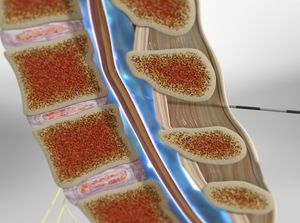
Anesthesia (Epidural) – Epidural anesthesia is a numbing medication injected through a catheter placed in the epidural space of the spine. It can be used to numb the abdomen, groin, legs and feet. It does not put the patient to sleep, but blocks painful sensations during or after a medical procedure.
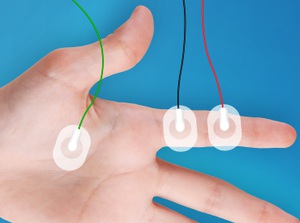
Electromyography (EMG) – This outpatient diagnostic test is used to evaluate the health of muscles and the nerves, called motor neurons, which control the muscles. EMG is a valuable diagnostic device for determining the cause of muscle weakness and for identifying neurologic disorders.
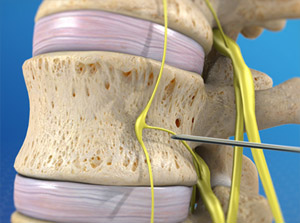
Lumbar Sympathetic Block – This procedure is performed to relieve leg pain caused by complex regional pain syndromes, which may develop after an injury to a joint or limb. Usually a series of injections are needed to treat the problem.

Myofascial Release – The fascia is a tissue structure that lies just beneath the skin and covers and connects the muscles and other organs of the body. This therapeutic procedure is used to treat the pain, tension, and limited range of motion that results from contracted or bound fascia.
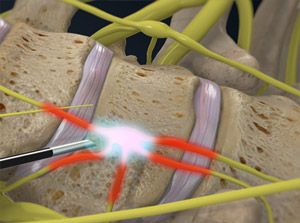
Stellate Ganglion Block – This injection can both diagnose and treat pain coming from the sympathetic nerves. It is a common treatment for shingles and complex regional pain syndromes affecting the head, face, neck, or arms. Usually a series of these injections is needed to treat the problem.
